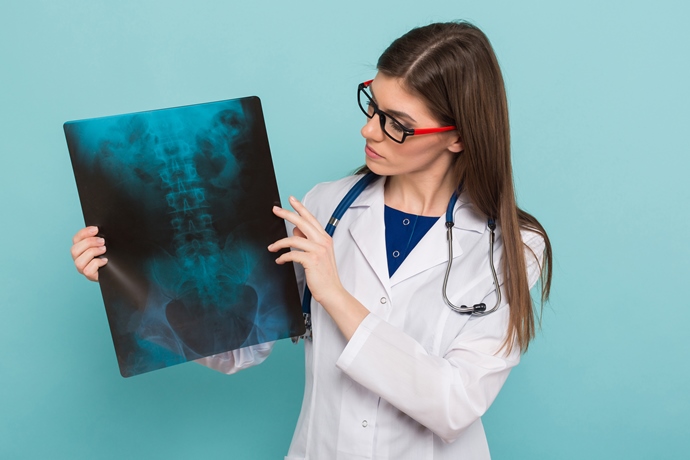
A new research paper published in the journal Stem Cells describes how a team of scientists has developed a potential new treatment for brittle bones using stem cells. The study, called “Engraftment of skeletal progenitor cells by bone directed transplantation improves osteogenesis imperfecta murine bone phenotype” could lead to a cure for osteogenesis imperfecta and several other degenerative bone diseases.
The research was conducted by a group of scientists located in New Zealand and The United States. It included Brya Matthews, PhD, from the University of Auckland, New Zealand; and Ivo Kalajzic, MD, PhD, from the Center for Regenerative Medicine and Skeletal Development at the University of Connecticut School of Dental Medicine.
Osteogenesis imperfecta (OI) is a group of genetic disorders that cause brittle bones which are prone to fractures. The most common form of OI causes a mutation of type I collagen that leads to defects in the collagen bone matrix.
Currently, OI is treated through the use of drugs which increase the thickness of the bone matrix. However, these treatments do not address the underlying collagen defect.
The researchers believed that introducing donor stem cells could lead to the formation of healthy osteoblasts in patients (bone-forming cells). This would have the potential to increase patient bone mass and correct the mutated collagen matrix.
They tested their theory by transplanting donor bone marrow stromal cells into the femurs of mice with OI. After 4 weeks, 18% of the bone surface was lined by donor cells which were expressing osteoblasts. This suggested that engraftment was successful.
Three months after the transplant, the mice had a 30% increase in bone strength and stiffness, along with a 12% increase in thickness.
The scientists noted Engrafted cells expressed progenitor markers CD51 and Sca‐1 up to three months post‐transplantation. Most importantly, three months post‐transplantation donor cells maintained the ability to differentiate into Col2.3GFP+ osteoblasts in vitro, and in vivo following secondary transplantation into OIM animals. Locally transplanted BMSCs can improve cortical structure and strength, and persist as continued source of osteoblast progenitors in the OIM mouse for at least six months.”
This research breakthrough could help thousands of people around the world with this debilitating condition.
Source: Researchers Describe New Ways to Potentially Treat Weak and Brittle Bones
{{cta(‘d62560c2-336a-4f88-9683-44a37a5bd7fd’)}}


